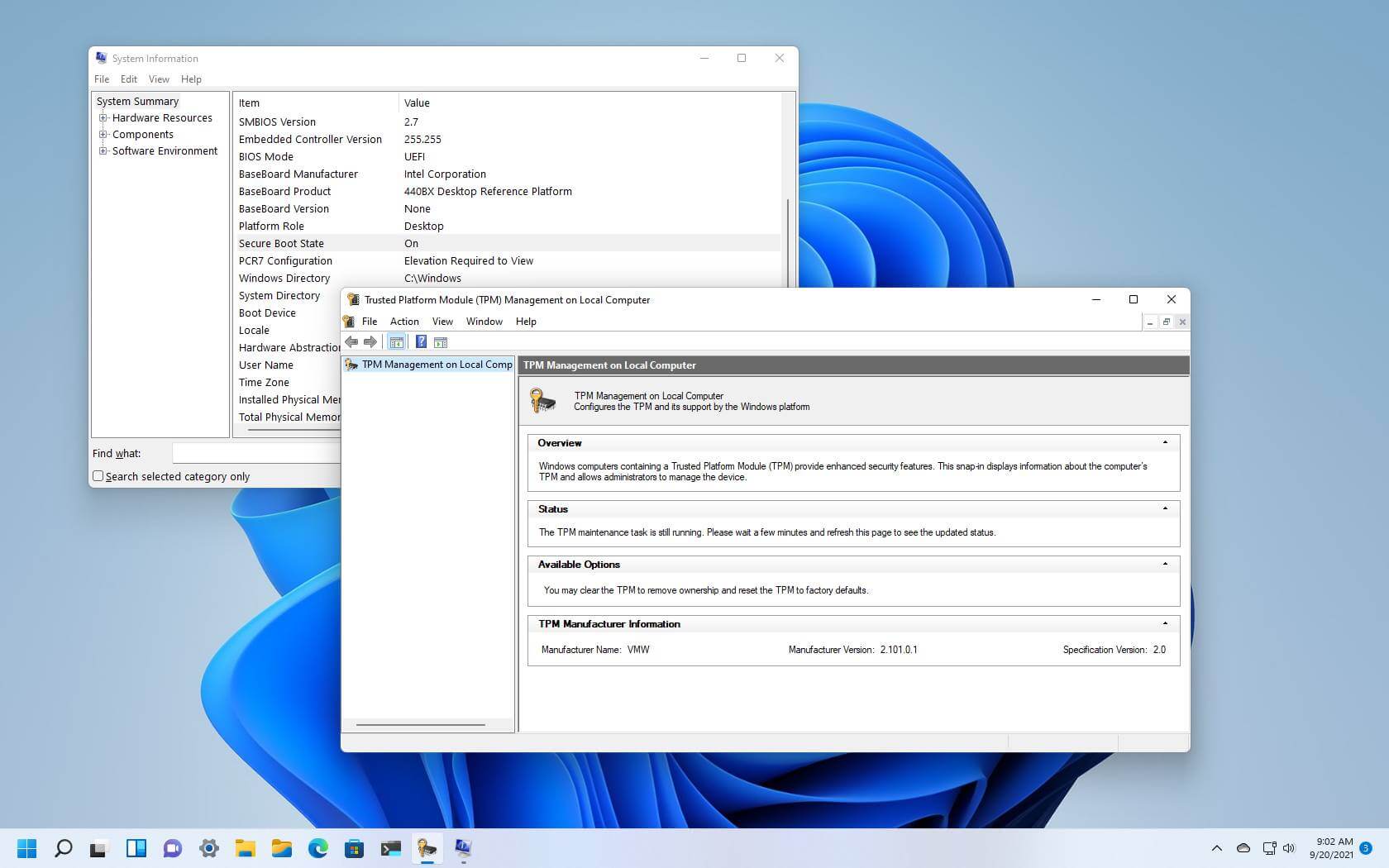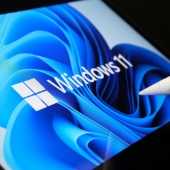


The responsibility for ensuring the integrity of the use of TPM is with the firmware and operating system. It is designed to ensure that the boot process starts with a trusted combination of hardware and software and continues until the operating system is fully booted and the application runs. The main scope of TPM is to ensure the integrity of any computer device, regardless of its operating system. The TPM chip has a wide range of uses and can be mainly used for device identification, authentication, encryption, and device integrity verification. PM-compliant chips must first have the ability to generate encryption and decryption keys, and must also be able to perform high-speed data encryption and decryption, as well as serve as an auxiliary processor to protect the BIOS and operating system from modification. The last revised edition of TPM Main Specification Version 1.2 was published on March 3, 2011.

They hope to develop the relevant standards and specifications of reliable computers from the aspects of hardware and software of cross-platform and operating environment and put forward the TPM specification. It is a dedicated microcontroller that protects hardware by integrating cryptographic keys. The TPM chips are either integrated into the PC's motherboard or added to the CPU.įrom October 1999 to March 2003, a Group of IT giants, including Microsoft, HP, IBM, and Sony, jointly sponsored the Trusted Computing Group (TCG). The Trusted Platform Module (TPM, also known as ISO/IEC 11889) is an international standard for secure encryption processors. PAGE CONTENT: What Is a TPM Chip What Does the TPM Do What's the Difference Between TPM 1.2 and TPM 2.0 Microsoft Requires TPM 2.0 on Windows 11 How to Check If Your Computer Has a TPM 2.0 Chip How to Enable TPM 2.0 for Windows 11 on Your Computer How to Download and Install Windows 11 What Is a TPM Chip


 0 kommentar(er)
0 kommentar(er)
